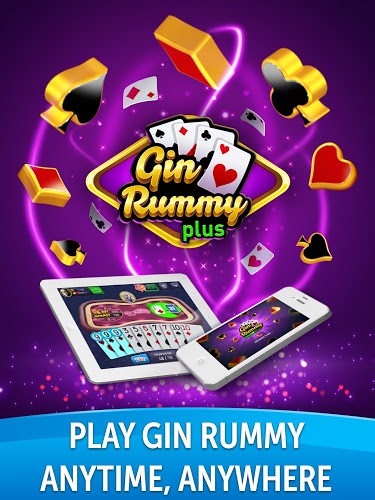How To Play Gin With 4 Players Rating: 3,9/5 3696 reviews

Learn how to play the cooperative board game Pandemic. Players work together to try to stop a deadly disease from spreading across the world map. Gin Rummy, a popular form of Rummy, is generally played by two players. Learn how to be beat your opponent by melding your cards the fastest.
Gin Rummy, a member of the Rummy group of card games is the most popular and widely played member of all games in this group. The game is played with a standard 52 card deck. The game is normally played by two players. Jokers and other wild cards are not used in the standard Gin Rummy game.The cards used for this game rank from King high down to Ace low (K, Q, J, 10, 9, 8, 7, 6, 5, 4, 3, 2, A). The value of the cards (for totaling of unmatched cards at the end of the hand, see below) is as follows: All court cards (King, Queen and Jack) are 10 points each, Ace counts as one and the remaining cards count as their marked value.
The object of the game is to be the first player to score 100 or more points through the course of several hands. This is done by attempting to make matching sets in your hand by forming valid sets and runs of cards, thus obtaining a lower count of non-matched cards (called deadwood) in your hand than your opponent.
The two types of valid groups or melds of cards a player can make in their hands are as follows:
- A set is a group of 3 or 4 cards of the same rank. These cards must all be of the exact same rank, such as 3 10's or 4 Jacks.
- A run is a group of 3 or more cards, in sequence, of the same suit. For example, this could be 2, 3, 4 and 5 of Diamonds, or 10, Jack, and Queen of Spades. Aces are equivalent to a value of one and thus can be played only in a run preceding a 2.
Four Card Run
The dealer of the first hand can be determined in various ways, with cutting for high card being a common method. Thereafter, the winner of each hand deals the next.
At the start of each hand, each player is dealt 10 cards face down in front of them. The first card is given to the dealers opponent, the next to the dealer, the next to the opponent, and so on alternating until each player has 10 cards. The next card in the deck is then turned face up on the table (this is called the upcard) and placed next to the remainder of the deck which is placed face down to form the stock.
After the cards are dealt and the players have examined their hands, the non-dealer has the first choice of taking the upcard. If the non-dealer chooses not to take this card, the dealer then has the opportunity to take the card. If both players decline the upcard, the non-dealer draws the top card of the stock and adds it to his hand, playing the hand as normal, including discarding at the end of his turn (see below). Thereafter, each player on their proper turn, can opt to take the top upcard or the top card of the face down stock. After selecting a card the player can then either knock or continue playing by discarding a card face-up to the top of the discard pile, which becomes the new upcard. If a player takes the upcard, they may never discard that same card on that turn.
If the stock pile is reduced down to the last two cards, neither of these cards may be drawn. If the player who draws the third to last card of the stock does not knock at the end of his turn, the hand is over, being considered a draw with no scoring being considered for that hand.
| In this example, a player has knocked with a total deadwood value of 5 in an effort to have a lower such count than his opponent. |
After knocking the player who does so lays his hand face up on the table, with all his melds grouped together and his unmatched deadwood separated. Unless the knocking player has no unmatched cards, the opponent may lay off any unmatched cards in their own hand that might extend the runs and sequences of the knocking player. The knocking player, however, may not do so on his opponents melds. If the total card value of unmatched cards of the knocking player is lower than the opponent, he wins the hand and scores for himself the difference between his hand and his opponents. However, if the opponent has a lower or equal total card value, the opponent instead wins the hand and scores 25 points plus the difference in card counts. This is called an undercut.
How To Play Gin Rummy With 4 Players
In the event that the knocker has no unmatched cards after their discard, called Going Gin, the opponent may not lay off any of their unmatched cards on the knockers melds (although they may set aside any of their own valid melds) and the knocker wins the hand regardless of the opponents total in unmatched cards. Going gin scores 25 points for the knocker plus his opponents total count in unmatched cards remaining in their hand.Gin Rummy Scoring
How To Play Gin Rummy With 4 Players
|